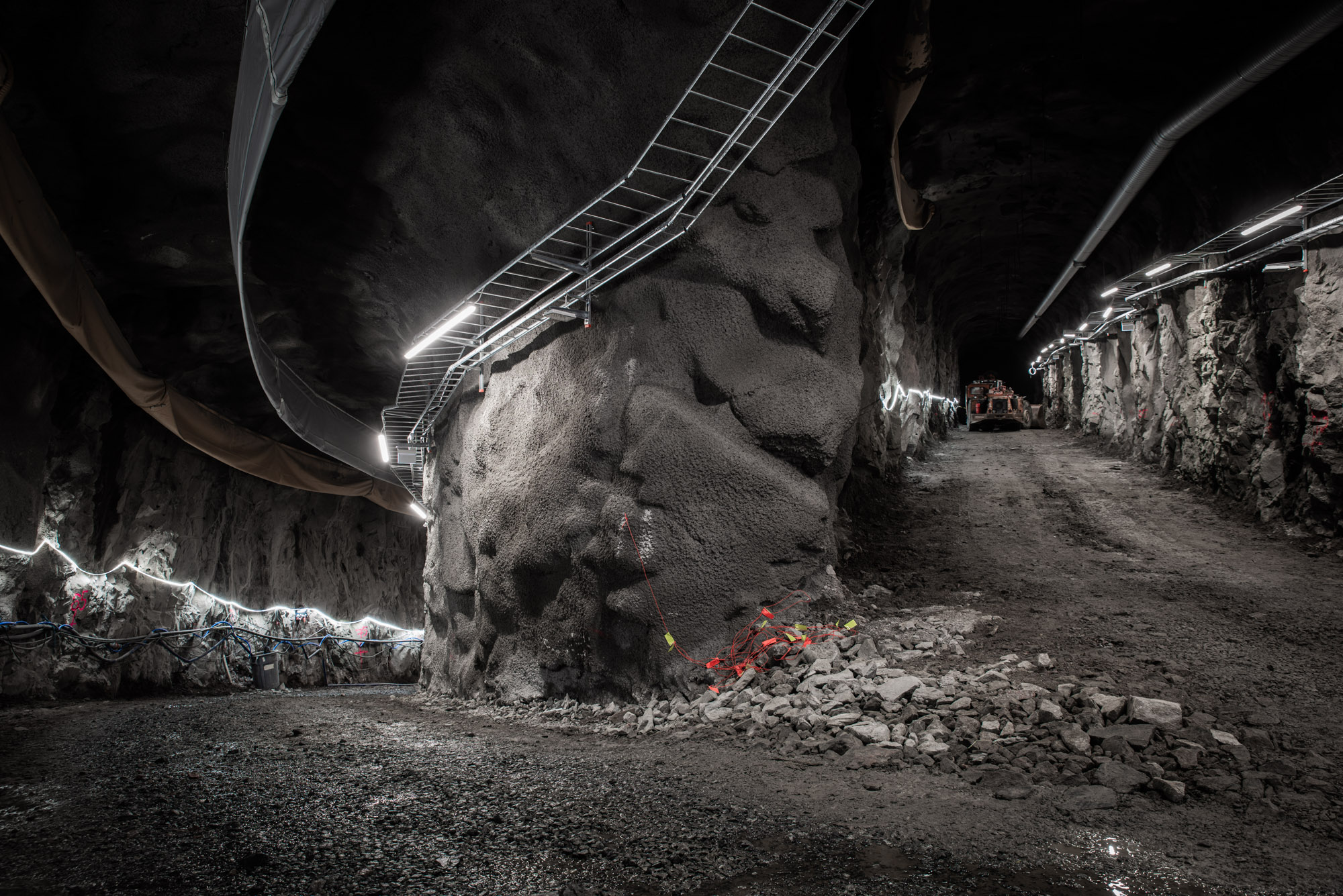Sweden – The Swedish collaboration, HYBRIT, comprising industry giants SSAB, LKAB, and Vattenfall, has now achieved a significant breakthrough with the successful testing of hydrogen storage.
At the heart of this groundbreaking achievement is the production of fossil-free hydrogen, a critical prerequisite for the creation of fossil-free steel. But what sets HYBRIT apart is the integration of hydrogen storage into their production process, a move that promises to drastically reduce the variable cost of hydrogen production by an impressive margin ranging from 25 to 40 percent.
Trials
The trials of HYBRIT’s hydrogen storage system were conducted specifically within the electricity market context, a real-world proving ground where the fusion of innovation and industry takes place. For an entire month, the mission was clear: produce hydrogen using fossil-free electricity while optimizing energy consumption at variable electricity prices. This dynamic approach allows for the lowest possible cost, particularly during times when weather-dependent electricity generation is abundant or during specific hours of the day when electricity prices are favorable. The hydrogen produced was then seamlessly delivered to SSAB.
Hydrogen storage system
The physical design of the hydrogen storage system, located adjacent to HYBRIT’s pilot plant for fossil-free iron in Luleå, also deserves special recognition. This system’s architecture has proven its effectiveness in rapid filling and emptying, tailored to the operational needs that naturally fluctuate over time. What makes it all the more impressive is the employment of cutting-edge technology, including a simulation tool, a novel optimization model, and the use of the 100 cubic meter pilot hydrogen storage facility in Luleå.
The implications of these results extend beyond the boundaries of the HYBRIT partnership.On a grand scale, hydrogen storage can serve as a buffer against fluctuations in electricity prices, incentivizing investments in new forms of fossil-free power generation.
The integration of hydrogen storage and a supply of fossil-free energy is the driving force behind this transformation. It is not just a leap forward for the steel industry; it’s a monumental stride towards a more sustainable industrial landscape.





